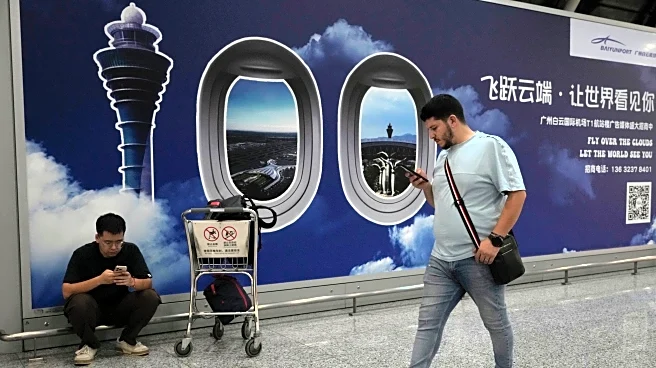What's Happening?
Recent changes in U.S. immigration policy, including visa fee hikes, processing delays, and border restrictions, have made it increasingly difficult for global talent to live and work in the United States.
In response, countries such as Canada, the UK, the EU, and Gulf nations are introducing new visas and streamlined residency schemes to attract skilled professionals who might have previously considered the U.S. as their destination. This shift is prompting HR and mobility leaders to adapt their strategies for international hiring and workforce planning, emphasizing the need for a diversified approach to talent mobility.
Why It's Important?
The tightening of U.S. immigration policies is reshaping the global talent landscape, potentially affecting the competitiveness of U.S. industries that rely on specialized skills, particularly in technology and innovation sectors. As other countries become more attractive destinations for skilled workers, U.S. companies may face challenges in accessing the talent they need to drive growth and innovation. This could lead to a shift in investment and economic activity towards regions that are more welcoming to global talent, impacting the U.S. economy and its position in the global market.
What's Next?
Organizations are likely to develop more resilient and flexible global mobility strategies to navigate the changing immigration landscape. This includes creating alternative pathways for talent mobility, leveraging data to forecast visa demand, and building systems that can quickly adapt to regulatory changes. Companies may also focus on embedding mobility into their broader HR strategies to ensure they can continue to attract and retain the best talent in a competitive global environment.
Beyond the Headlines
The evolving immigration policies highlight the need for a more integrated approach to workforce planning, where immigration is closely aligned with HR, legal, and financial functions. This shift towards a multipolar global system could lead to long-term changes in how companies structure their operations and manage their talent pipelines, emphasizing the importance of agility and strategic foresight in navigating complex regulatory environments.












